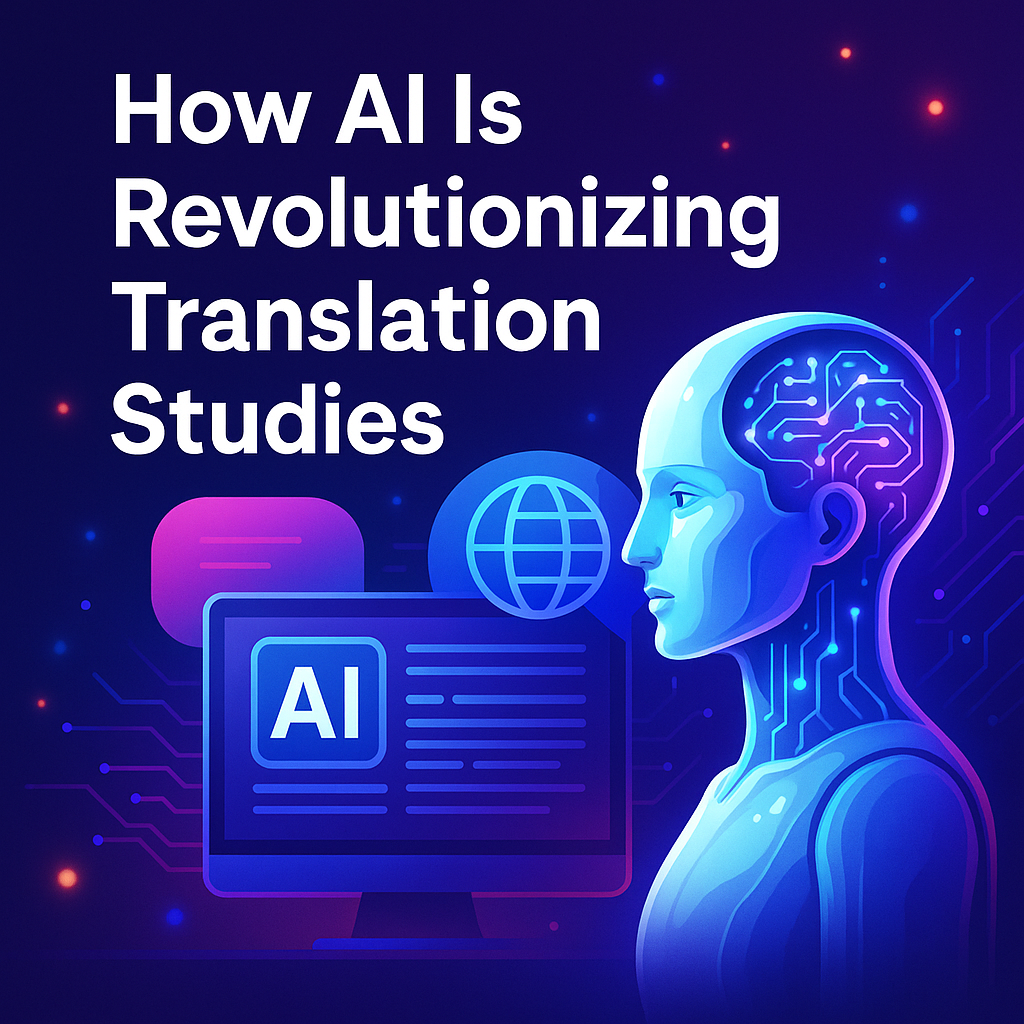Overview & Key Takeaways
AI isn’t replacing translation students — it’s accelerating how they learn, practice, and get feedback.
- Faster feedback loops: quality estimation, error spotting, and register checks in seconds.
- Better habits: students see patterns in their own mistakes and fix them earlier.
- Human + AI workflow: the best results come from students drafting, then using AI to review, compare, and justify choices.
- More measurable progress: dashboards track gains by genre, domain, and error type.
What’s Actually Changed in Translation Classes
For years, CAT tools helped with terminology and alignment. The 2025 shift is different: feedback is now interactive and immediate. Students don’t wait a week for red ink — they iterate in minutes.
| Task | Before AI | With AI (NovaLexy) |
|---|---|---|
| Quality check | Manual spot-checks, limited time | Instant quality estimation + explanations |
| Terminology | Glossary lookups | Auto-detects terms, flags inconsistency |
| Style & register | Subjective feedback | Objective signals: formal/informal, domain fit |
| Revision workflow | One pass, little data | Multiple guided passes + progress metrics |
Where AI Really Helps — And Where Humans Win
AI’s strengths
- Granular feedback: flags mistranslations, false friends, calques, gender/number issues, and register drift.
- Pattern recognition: surfaces recurring issues across assignments (e.g., tense consistency, punctuation norms).
- Comparative evaluation: lets students compare their draft vs. a machine draft and justify choices.
Human strengths
- Pragmatics & culture: irony, politeness strategies, taboo language, audience expectations.
- Ethics & risk: medical/legal stakes, bias, harmful presuppositions.
- Purpose & voice: what the text is trying to do, not just what it says.
A Practical Student Workflow (15–25 minutes)
- Draft: translate without AI. Note uncertainties.
- Evaluate in NovaLexy: run the draft through Quality Estimation; collect flags for accuracy, fluency, terminology, and register.
- Revise: fix high-impact issues first (meaning, mistranslation, terminology) then polish style.
- Reflect: write 3–4 lines explaining two key choices. Reflection builds judgment (and grades well!).
Mini Example
Source: “This policy is binding unless otherwise agreed in writing.”
Student draft: “Esta política é obrigatória a menos que se concorde por escrito.”
- Flags: legal register too soft; agentless structure unclear.
- Revision: “Esta política é vinculativa, salvo acordo escrito em contrário.”
- Why it’s better: “vinculativa” matches legal tone; “salvo acordo escrito” is concise and idiomatic.
Assessment That Trains Judgment
Design rubrics around decisions, not just output. Good criteria include:
- Meaning preservation: no omissions/additions; correct scope and modality.
- Terminology discipline: consistent use of approved terms; no glossary drift.
- Register & tone: domain-appropriate choices (medical/legal/marketing).
- Cohesion & readability: reference, theme/rheme, paragraph flow.
- Justification quality: student explains two decisions with sources.
Using AI Without Losing the Learning
- Coach, not crutch: students must submit the human draft alongside the AI-reviewed version.
- Traceability: keep change logs; require short rationales for edits.
- Bias checks: build a step where students actively look for sensitive terms, stereotypes, or skewed defaults.
- Domain constraints: turn on stricter terminology and register settings for legal/medical texts.
Ideas for Class & Research Projects
- MT vs. Human vs. Post-edited: compare effort and final quality across genres.
- Terminology drift study: measure how often students deviate from glossaries and why.
- Style transfer: analyze how register settings affect cohesion and translator voice.
- AI literacy module: teach prompts for diagnosis (find problems), not for raw generation.
“The AI didn’t replace my feedback — it made room for it. I now spend class time on nuance, audience, and ethics instead of basic error hunting.”
— Dr. Isabel M., Translation Pedagogy
The Human-in-the-Loop Future
The translators who thrive won’t be the ones who avoid AI, but the ones who can explain and defend their choices while using AI to surface issues faster. That’s professional practice — and that’s what students should be training for.
Try NovaLexy: draft, evaluate, revise, and reflect — with clear signals for accuracy, terminology, and register. Start free.

